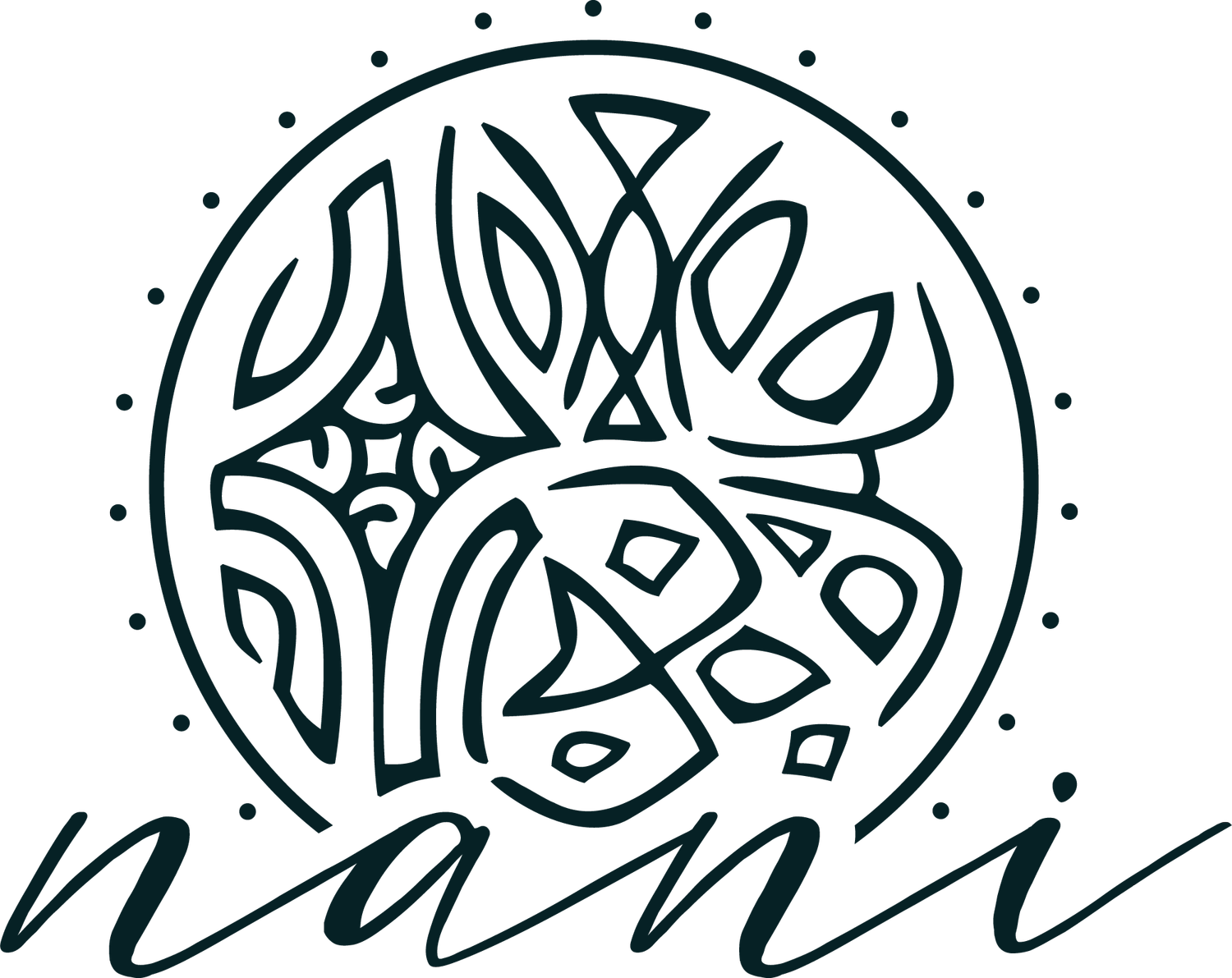Unique land/seascapes of French Polynesia
French Polynesia is a country that stretches over five million square kilometers in the South Pacific Ocean. Although its territory is mostly marine, its total size equates to that of Western Europe. So, no need to say that there is room for a little more than dreamlike white-sand beaches and turquoise lagoons. In this article, we invite you to discover ten landscapes and seascapes that make French Polynesia a truly unique destination.
Black-sand beaches
Black-sand beaches might be French Polynesia’s best kept secret. They are the result of powdered volcanic rocks like basalt and make some of the most unique seascapes you’ll ever witness. If the perfectly black-colored sand isn’t enough to convince you, just remember that it is also responsible for giving the sea irresistible hues of deep blue and emerald. Luckily, you won’t have to go too far to experience a black-sand beach as some of French Polynesia’s most iconic ones are located on the East Coast of Tahiti.
Pink-sand beaches
Along with white- and black-sand beaches, French Polynesia prides itself with having pink-colored beaches that seem to come straight out of heaven. Generally speaking, grains of sand in French Polynesia are the result of wave-crushed corals, seashells, fish bones and more. Pink sand follows the same process except that a tiny pink-hued crustacean called foraminifera is added into the mix. These spectacular beaches are best found on islands of the Tuamotu Archipelago such as Tikehau, Rangiroa or Fakarava.
Dramatic mountain peaks
Millions of years ago, all of the islands of French Polynesia were cone-shaped volcanoes. This implies that many of them still have high mountain peaks shaped over time by the action of wind, rain and other natural elements. The dramatic mountain peaks of French Polynesia definitely add to the great beauty of the country and the most awe-inspiring ones can be observed on islands of the Society and Marquesas Archipelagoes: Mo’orea, Bora Bora, Huahine, Maupiti, Nuku Hiva, Hiva Oa, Fatu Hiva, etc.
Freshwater ecosystems
As French Polynesia is world-famous for everything sea-related, visitors might be surprised to learn that most of the islands are also a real playground for freshwater enthusiasts. From hiking to gigantic waterfalls to taking refreshing dips in crystal-clear rivers and springwater pools, Tahiti & her Islands have you covered whenever you need a break from all the salt and the sand. You’ll find freshwater landscapes all throughout French Polynesia, except on low-lying atolls where freshwater is scarce.
Coral atolls
Coral atolls are volcanic islands in their very last stage and roughly consist of a coral ring with a lagoon on the inside and the open ocean on the outside. In these exceptional tropical landscapes, you won’t find proper mountains and freshwater will be scarce. What you will find, however, are miles of stunning white- and pink-sand beaches, shallow crystal-clear turquoise lagoons, a wide array of marine creatures, enough coconut trees for a lifetime, exotic seabirds, and more. When visiting French Polynesia, a trip to a coral atoll, in the Tuamotu Archipelago for instance, is a must.
Uplifted atolls
From an active volcano to a high volcanic island that eventually transforms into a low-lying atoll… you may think this sums up the geological history of French Polynesian islands. Yet, islands such as Makatea (Tuamotu Archipelago) and Rimatara (Austral Archipelago) have gifted us with one geological peculiarity called uplifted atolls —in fact so peculiar that scientists coined the term makatea to designate these rare islands. Uplifted atolls are basically former submerged coral atolls that popped out of the Ocean because the oceanic floor it stands on rose up. This gives birth to unique ecosystems made out of limestone cliffs (up to 80 meters in Makatea island!), a large cavity in the center of the island, dozens of caves, and more.
Subtropical islands
Did you know you might need to bring a warm jacket when visiting Tahiti & her Islands? As a matter of fact, while most French Polynesian islands have a tropical climate that is warm and humid yearlong, the Southernmost islands, namely those of the Austral and Gambier Archipelagoes, are much further from the line of the Equator and therefore experience colder winters with stronger winds. Expect temperatures below 20°C between the months of June and October.
The island of Rapa, well south of the Tropic of Capricorn, even classifies as a subtropical island. During winter, nighttime temperatures can drop below 10°C and the island’s vegetation is drastically different than that of other Polynesian islands —coconut trees do not grow there!
Caves
Dotting high volcanic islands as well as atolls, caves might be the most overlooked natural wonders of French Polynesia. The limestone caves nestled high up in the cliffs of Rurutu Island (Austral Archipelago) shelter stalactites and stalagmites while offering a stunning opening to the Pacific Ocean. On the island of Makatea (Tuamotu Archipalego), you’ll have to climb down into the darkness to explore what many consider the most beautiful caves of the country. On the East Coast of Tahiti, you can even get extra adventurous by participating in a canyoning experience inside Hitiaa lava tunnels.
Note that, for Polynesians, caves also have a very significant role in their cultural beliefs and have inspired many legends.
Reef breaks
French Polynesia has a reputation for being a surfer’s heaven and do you know why? On top of beaches as quiet as manmade swimming pools, you’ll find in Tahiti & her Islands some of the world’s most powerful, fast, thick, tall and perfectly shaped waves. These are made possible by the presence of coral reefs that act like a wall against incoming oceanic currents —when the water “hits” the wall, it sharply rises up to form a wave. When the right conditions are met, some of French Polynesia’s most iconic waves like Teahupo’o can rise up to 10 meters!
